Clifford Stott says police in city operate with a lack of understanding of how crowd dynamics work, and end up creating disorder instead of preventing it
The expert had earlier resigned from a panel advising city’s police watchdog on its review of the force’s handling
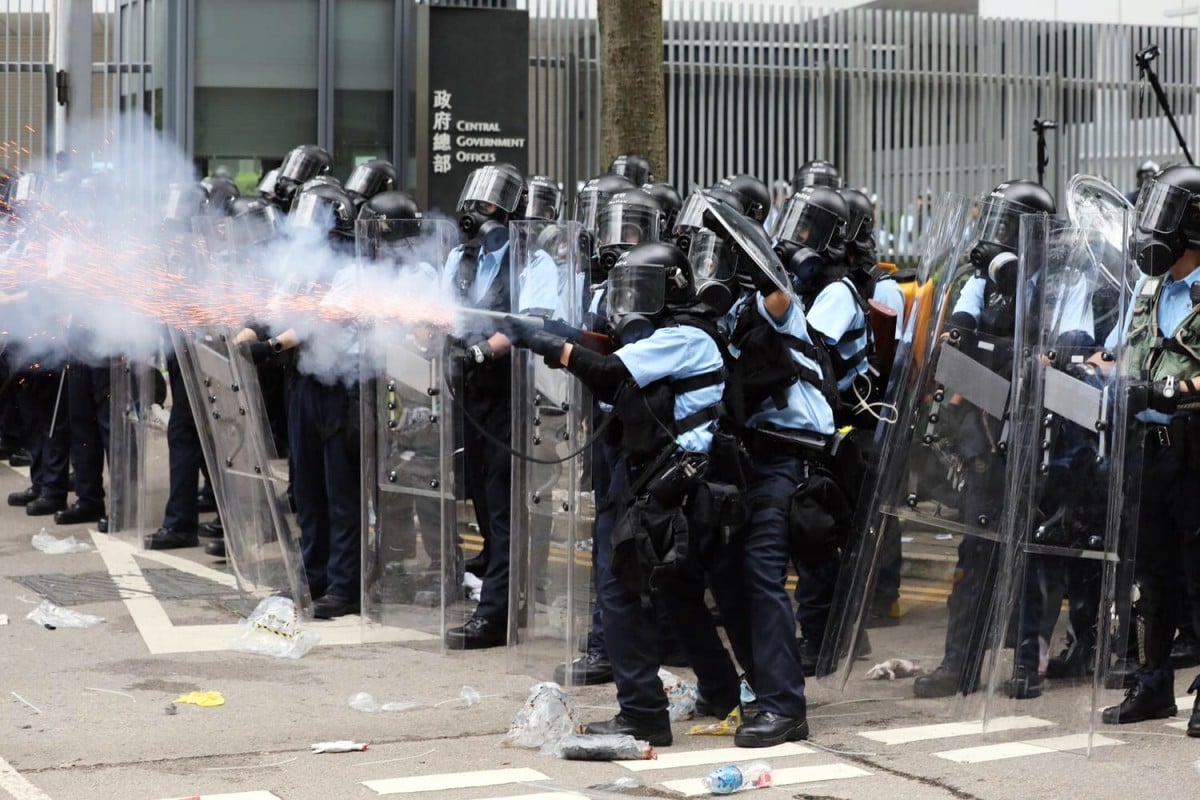
Police fire tear gas at protesters on June 12, 2019. Photo: Sam Tsang
Hong Kong police used disproportionate force at “practically every”
anti-government protest from mid-June last year and made poor decisions in dealing with them, according to an overseas expert who withdrew from a review of the police’s handling of the demonstrations.
Professor Clifford Stott, who was on the international expert panel advising the Independent Police Complaints Council (IPCC) before all of its members resigned last year over concerns about its limited powers, has doubled down on his criticism of watchdog’s report that was released on May 15.
The 999-page report concluded there was no systemic problem with policing in Hong Kong, and officers’ use of force was only in response to violence during the protests.
I would certainly suggest there is ample evidence that the police used force disproportionately on practically every protest from June 12
I would certainly suggest there is ample evidence that the police used force disproportionately on practically every protest from June 12
Clifford Stott, crowd behaviour and policing expert, Keele University
Stott, a scholar of crowd behaviour and policing at Keele University in Britain, said he would seek to publish his findings on the protests – based on first-hand accounts as well as the IPCC’s data – in a peer-reviewed academic journal.
Stott, a scholar of crowd behaviour and policing at Keele University in Britain, said he would seek to publish his findings on the protests – based on first-hand accounts as well as the IPCC’s data – in a peer-reviewed academic journal.
He said his original plan of publishing a separate report by June 9 would therefore be delayed.
In a Facebook Live discussion with activist Nathan Law Kwun-chung on Friday night, Stott said he had stood down because the police watchdog failed to define a meaningful role for the team of experts, and because he was concerned that their attachment could be used to legitimise the council’s work.

Professor Clifford Stott (left) speaks to activist Nathan Law Kwun-chung about the Independent Police Complaints Council report. Photo: Facebook
According to him, the IPCC had no investigative power, including the capacity to summon witnesses, and could only assess the credibility of probes by the force’s own complaints division.
People leading the watchdog’s inquiry “were not willing to actively challenge” the information obtained from officers, he said.
Hong Kong protests: no systemic problem with policing, but room to improve, watchdog conclude
16 May 2020
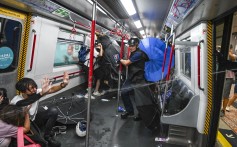
Stott also said officers had poor decision-making in general about the use of force.
“Police are operating with a lack of understanding of how crowd dynamics actually work, and their role in the creation of those dynamics is a self-fulfilling prophecy. In effect their attempts to prevent disorder actually creates it,” he said. “I would certainly suggest there is ample evidence that the police used force disproportionately on practically every protest from June 12.”
Stott questioned why hundreds of officers inside the Legislative Council complex did not stop dozens of protesters from attacking a window at its entrance on July 1. Later in the day, protesters stormed and vandalised the Legco complex.
He said police also used force disproportionately on June 12, when tens of thousands of people gathered outside Legco to protest against the second reading of the
now-withdrawn extradition bill.
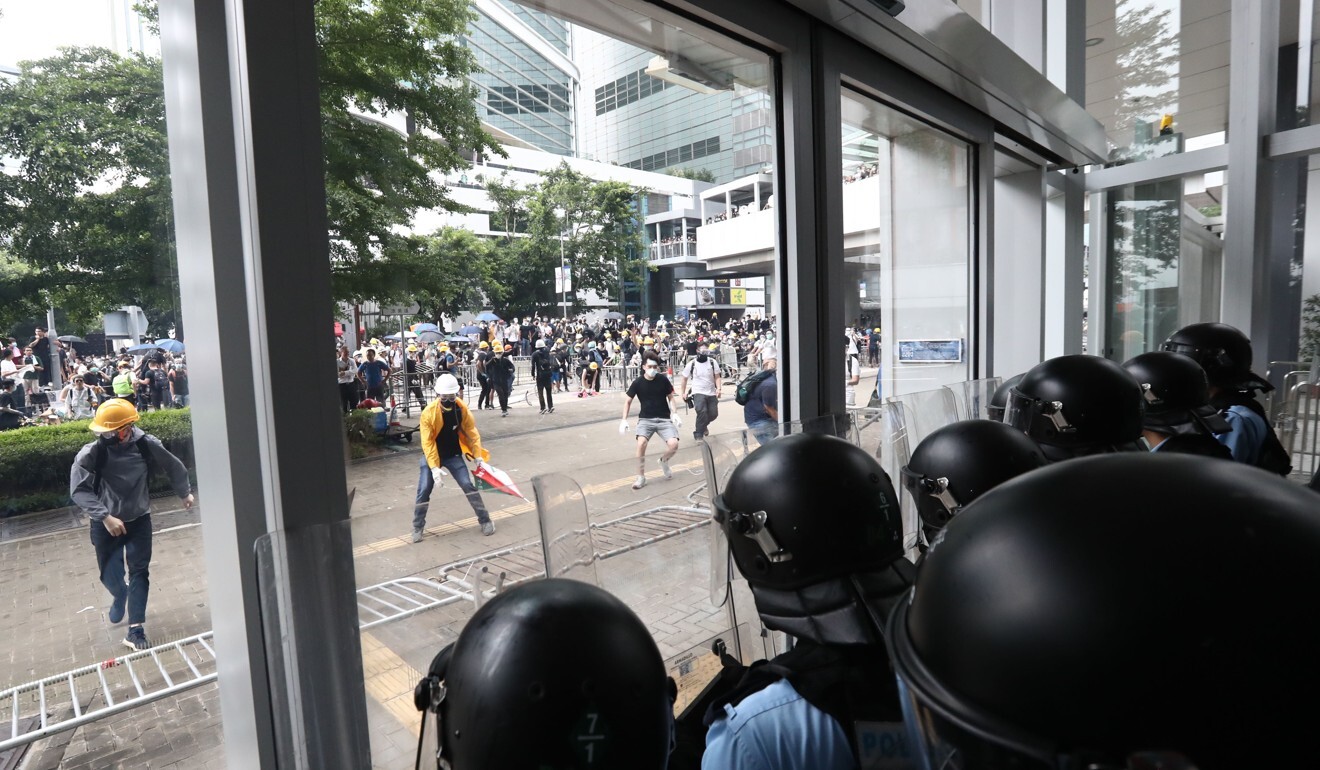
Protesters brandish umbrellas against tear gas fired by officers on June 12. Photo: Nora Tam
But Stott said police did not use excessive force on June 16, when an estimated 2 million people took to the streets.
He also noted that officers arrived late despite hundreds of calls
on July 21 last year when a group of white-clad men attacked protesters and commuters at Yuen Long rail station, even though a police car had driven past the men before the incident.
“That was clearly posing a threat to public order and there was no police response,” he said.
The attack left 47 in hospital.
Hong Kong police chief ‘sorry’ over journalists’ mistreatment
21 May 2020
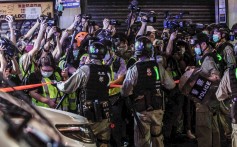
While the IPCC study on the protests could not ascertain whether there was collusion between the attackers and police, Stott said the incident exposed some important deficiencies in the force’s handling of events.
“What we know about the Yuen Long incident is that it led to an almost complete loss of trust in police by wide sections of Hong Kong society, and that was a dynamic in radicalising the protests,” he said.
Though Stott approved the IPCC’s efforts in drawing out data for the official study, he said there were shortcomings in its analysis.
The IPCC report made 52 recommendations, including a better communication strategy to “restore and rebuild public trust”; a review of the force’s operational command structure; training for officers; clear guidelines on the use of weapons; and a task force to advise on the frequent use of tear gas.
But Stott said the official findings had failed to understand the perspectives of people who were in the crowd.
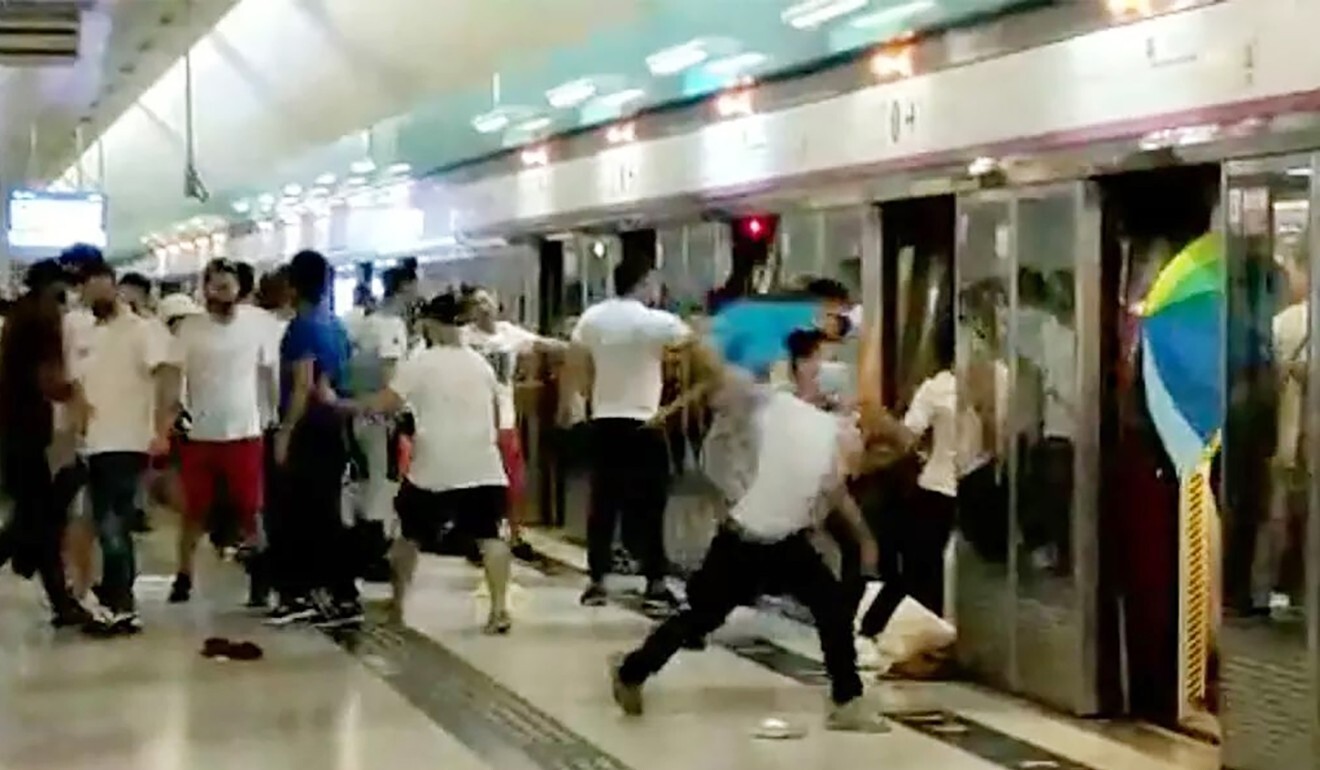
White-clad men attack passengers and protests at Yuen Long station on July 21. Photo: Handout
For example, while the council stressed that there was a route for protesters to escape when police fired tear gas around a commercial building on June 12, he noted that protesters could not actually see any way out amid the chaos.
The expert only came to Hong Kong for a very short while … I think his comments are not very fairChristopher Cheung, IPCC Complaints Council vice-chairman
Stott said his separate report would use data from the IPCC findings, but would also include academic surveys and some extensive interviews he had done with people involved in the protests.
“What we’re going to do is to pursue an academic publication through peer review to ensure that when the paper is published, it has sufficient rigour behind it to stand up to scrutiny,” he said, without specifying a publication time.
Security minister calls police watchdog report ‘balanced’ and says public should read it for themselves
20 May 2020

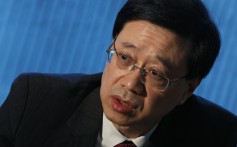
Christopher Cheung Wah-fung, vice-chairman of the Independent Police Complaints Council (IPCC), defended the watchdog.
Security minister calls police watchdog report ‘balanced’ and says public should read it for themselves
20 May 2020

Christopher Cheung Wah-fung, vice-chairman of the Independent Police Complaints Council (IPCC), defended the watchdog.
“The expert only came to Hong Kong for a very short while. At that time, it was very violent and chaotic, how much could he understand about the scene? I don’t know. I think his comments are not very fair,” he said.
Cheung said although he was not aware of how the council’s task force had communicated with police on the study as he was not part of the team, he felt the IPCC had always been fair in its work.
He added the watchdog had also included information collected from other people, such as residents and observers.
In a reply to the Post, police said when there were incidents such as illegal road blockages, and the wanton destruction of public and private property, officers were duty-bound to take appropriate action to ensure public safety and restore order.
They said they adhered to a strict set of guidelines for the use of force, and that any used should be the minimum necessary for achieving a lawful purpose.
“It is not necessary for officers to resort to any use of force if there is no violence shown towards them or other members of the community,” police said.
They said officers decided to defend the legislature on July 1 from inside the building to reduce confrontation because there were other rally participants approaching the area.
The force was concerned about the disturbances that occurred in Yuen Long on July 21 but no further comment could be made because legal proceedings over the case were in progress, police added.
Cheung said although he was not aware of how the council’s task force had communicated with police on the study as he was not part of the team, he felt the IPCC had always been fair in its work.
He added the watchdog had also included information collected from other people, such as residents and observers.
In a reply to the Post, police said when there were incidents such as illegal road blockages, and the wanton destruction of public and private property, officers were duty-bound to take appropriate action to ensure public safety and restore order.
They said they adhered to a strict set of guidelines for the use of force, and that any used should be the minimum necessary for achieving a lawful purpose.
“It is not necessary for officers to resort to any use of force if there is no violence shown towards them or other members of the community,” police said.
They said officers decided to defend the legislature on July 1 from inside the building to reduce confrontation because there were other rally participants approaching the area.
The force was concerned about the disturbances that occurred in Yuen Long on July 21 but no further comment could be made because legal proceedings over the case were in progress, police added.
This article appeared in the South China Morning Post print edition as: ‘Excessive Force used at protests’
HK protests: Watchdog says police use of force met international guidelines but has room to improve

No comments:
Post a Comment